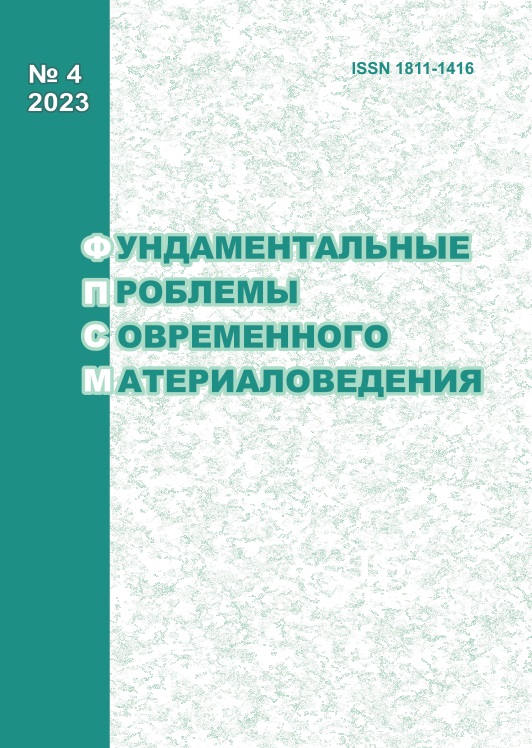INTERACTION BETWEEN Al–C ATOMS AT THE ALUMINUM-CARBON NANOPARTICLE INTERFACE
10.25712/ASTU.1811-1416.2023.04.011
Keywords:
interatomic potential, aluminium, carbon nanotubes, fullerenes, graphene, graphite, composite, interface, DFTAbstract
An analytical model of the interaction between Al and C atoms at the interfaces formed by aluminum and carbon nanoparticles is proposed. The model is convenient for practical use in calculating the free energy of the interface, which is essential for nanocomposites and determines their mechanical, thermophysical and other properties. The paper considers nanoparticles of various structures that used in the development of aluminum matrix composites: fullerenes of various diameters, single-layer carbon nanotubes of metallic and semiconductor types, of various radii and chirality, graphene and graphite. The proposed model uses the Lennard-Jones potential and assumes an approximate account of the influence of the local structure of the nanoparticle on the interaction of pairs of aluminum and carbon atoms by introducing additional parameters. In this paper, we use the average local curvature of the nanoparticle surface as the value determining the depth and location of the potential well. The work is supplemented by the study of interphase interaction within the framework of the density functional theory. By comparing the results of calculations performed using approximations of various levels of accuracy, the limits of applicability of the proposed potential are established and the possibility of its application for the study of interfacial interaction in nanocomposites based on aluminum and nanocarbon is shown.











 Journal «Fundamental’nye problemy sovremennogo materialovedenia / Basic Problems of Material Science»
Journal «Fundamental’nye problemy sovremennogo materialovedenia / Basic Problems of Material Science» This work is licensed under a
This work is licensed under a 
